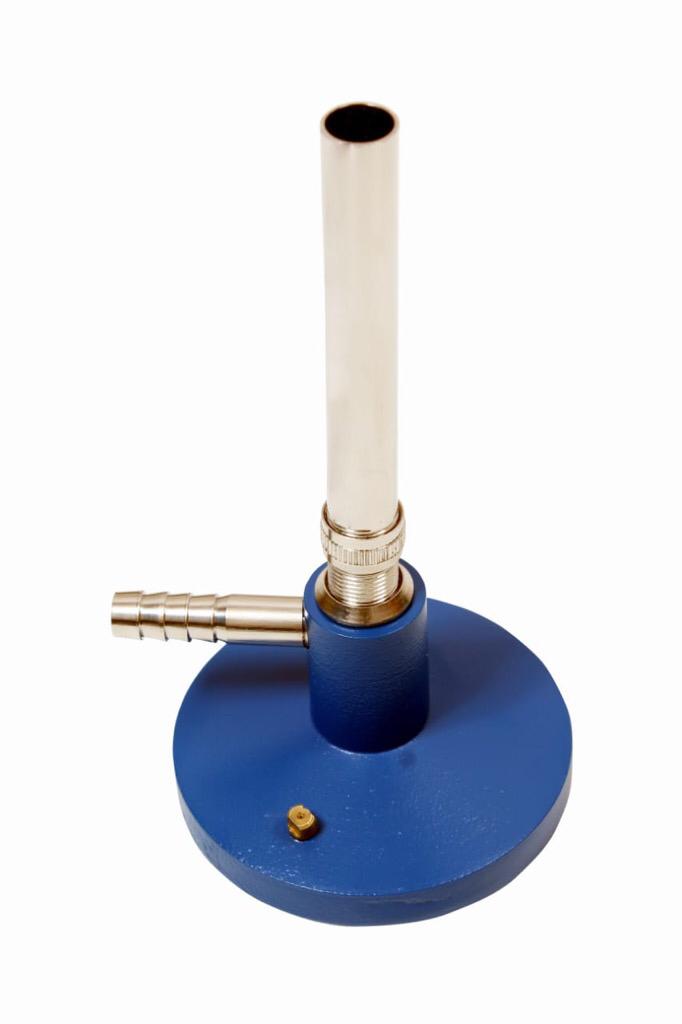Description
A Bunsen burner is a type of laboratory apparatus that is commonly used for heating, sterilization, and combustion in scientific experiments and procedures. The Bunsen burner is named after the German chemist Robert Bunsen, who helped to develop the design in the mid-19th century.
The Bunsen burner consists of a metal base that holds a vertical metal tube, which is connected to a source of gas (such as natural gas or propane) and is equipped with an adjustable valve. A metal ring or collar is attached to the base, and a round metal grate is placed on top of the collar to hold a beaker or other container.
To use a Bunsen burner, the valve is adjusted to control the flow of gas into the vertical tube. The gas is then ignited, creating a flame that can be used for heating, sterilization, or combustion. The flame can be adjusted by adjusting the valve to control the size and heat of the flame.
Bunsen burners are commonly used in chemistry and biology laboratories, as well as in educational settings. They are an essential tool for many types of experiments, including those that involve heating solutions, sterilizing equipment, and performing chemical reactions. The Bunsen burner is known for its simplicity, reliability, and versatility, and it remains a widely used and popular tool in scientific research and experimentation.
MEDILAB is your trusted partner for high-quality Bunsen burners and laboratory supplies. As a leading bulk supplier, we cater to the needs of businesses, educational institutions, and research facilities around the globe. Our commitment to excellence ensures that you receive reliable products at competitive prices. We ship worldwide, making it easy for you to access our extensive range of laboratory equipment. For inquiries, pricing information, or to place an order, please contact us today. Let MEDILAB support your laboratory needs with our exceptional service and product quality.







